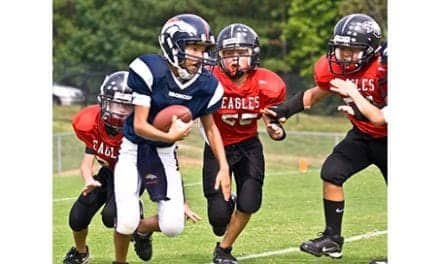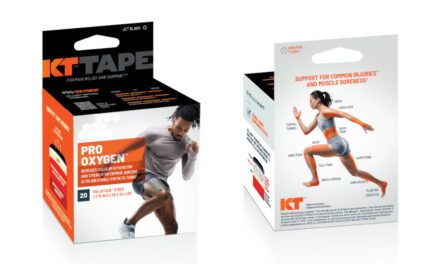High school athletes competing, not only in football, but in soccer, hockey, basketball, swimming, cheerleading and other sports are not only at risk for concussions, but may need a longer recovery than first thought, according to a recent study from the Henry Ford Sports Medicine Research team, published in Orthopedics.
The most common sports for brain injuries were indeed football, hockey and soccer, they suggest.
“We thought that concussion issues would be very short-lived. That they wouldn’t have as many attention issues, that they’d be able to recover for their sport much more quickly. Our study found just the opposite.”
— Vasilios (Bill) Moutzouros, MD, chief of Sports Medicine at Henry Ford and a study co-author
“The two sports, other than football, where concussions are common are soccer and hockey, although brain injuries can happen in any sport,” adds Meaghan Rourke, one of more than 30 Henry Ford athletic trainers who support sports programs at over 20 high schools, colleges and universities and professional teams in the tri-county area.
ImPACT Scores Under the Microscope
The retrospective study looked at Immediate Post-Concussion Assessment and Cognitive Testing (ImPACT) scores at baseline testing and following concussions performed by neuropsychologists. The study found that memory ImPACT scores increased as players suffered repeated concussions.
The protocol defines a concussion as “a disturbance in brain function that occurs following either a blow to the head or as a result of the violent shaking of the head.” Symptoms of a concussion can include a combination of headaches, nausea, vomiting, balance problems, dizziness, fatigue, visual problems and a host of other brain-associated symptoms, a media release from Henry Ford Health System explains.
The study examined the records of 357 high school athletes who were treated for concussions at Henry Ford from 2013 to 2016. The athletes age averaged between 14-18 with nearly 62% being males. Football yielded the most concussions (27.7%), followed by hockey (21.8%), soccer (17%), basketball (9 %) and cheerleading (4.2%). From the study’s participants, 72 played in “Other” sports and accounted for 20.3% of the total number of concussions. Overall, 14 % reported suffering from amnesia and 33 % reported a history of concussions.
The Henry Ford research team found that athletes with only one concussion required at least 30 days of recovery prior to returning to their sport while others who reported a second or more concussions required more recovery time. They also learned that visual motor speed and reaction time scores decreased with recurrent concussions, and that male and female athletes with a previous history of concussion, and those with delayed diagnosis, required more time before returning to competition, the release continues.
Keep the Conversation Going
The study team hopes that the results help start the conversation on how to more safely return student athletes to their sport after a brain injury.
“When you recognize that it can be up to 30 days to get a young student athlete back, you’re going to change your mind-set on how you advance them, in terms of how you push them, in terms of how you test them.”
— Vasilios (Bill) Moutzouros, MD
Previously, it was believed that brain injuries were related to a player’s age. The younger the player, the shorter the recovery time.
“We need more studies on the younger athletes,”he adds. “Many of us have children. We’re all worried about them and we want them to be safe. So, we need to recognize that this is a problem for the youth athlete.”
[Source(s): Henry Ford Health System, EurekAlert]
Related Content:
Concussion in High School Athletics Continues to Rise Despite Best Efforts, Per AAOS Study
High Schools Struggle to Follow State Concussion Laws
Repeat Concussions Declining in U.S. High School Sports





